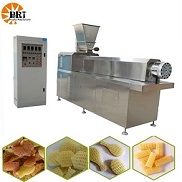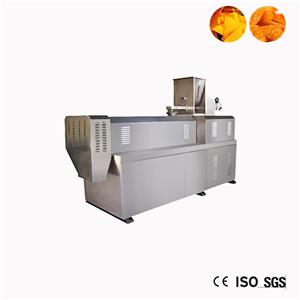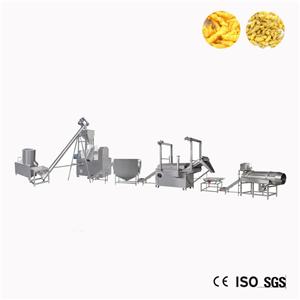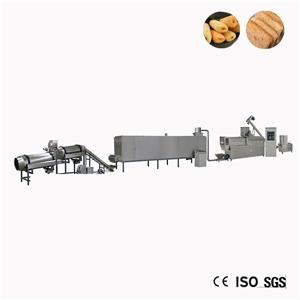Effect of feed grinding particle size on feed quality
Crushing is an essential link in feed processing, and also an effective way to improve the digestibility and utilization of feed for livestock and poultry. Its purpose and function: First, improve the utilization value of materials; Second, improve the processing quality of feed products. Crushing technology is an important link to improve the quality of feed in the process of feed processing, and is one of the necessary means to make feed reasonable use. The size of crushing particle size should be determined according to the type of raw materials, the type of animals to be fed, the growth stage and the process requirements. Too coarse and too fine particle sizes have disadvantages and cannot reach the optimal production state. Based on years of experience in quality control in feed production enterprises, the author summarized the impact of crushing particle size on feed quality from the following aspects.
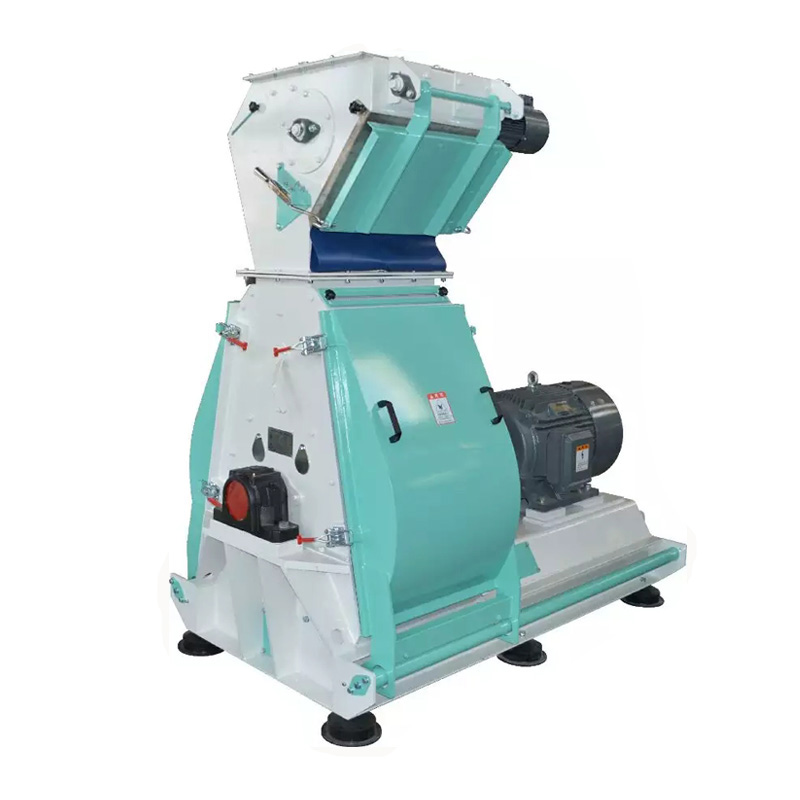
1、 Main factors affecting the particle size of materials
1. Crusher model: Different models have different crushing effects and functions. The main models of feed pulverizers are: ① Hammer type pulverizers, characterized by simple structure, easy maintenance, good versatility, good adaptability, good safety and high production efficiency. ② Double roll crusher is characterized by high productivity, low energy consumption, less dust, uniform particle size, less temperature rise after material crushing and less water loss. ③ Claw crusher, with fine particle size, can handle wet and viscous materials without blocking. Its crushing process also has a certain mixing function. It is a small crusher widely used in rural areas. Micro pulverizer and Chaohui pulverizer are mainly used for the pulverization of premixed raw materials and special aquatic feed, characterized by very fine particle size of crushed materials.
2. Hammer: it is the main wearing part of the crusher, and its shape, size, working density, arrangement method, etc. have an impact on the output, power consumption and product quality of the crusher.
3. Hammer end linear speed: within a certain range, the greater the hammer end linear speed is, the higher the productivity of the crusher is, and the power consumption per unit product is reduced. However, if the speed is too fast, the no-load power of the crusher will be increased, vibration and noise will also be increased, and the crushing efficiency will be reduced.
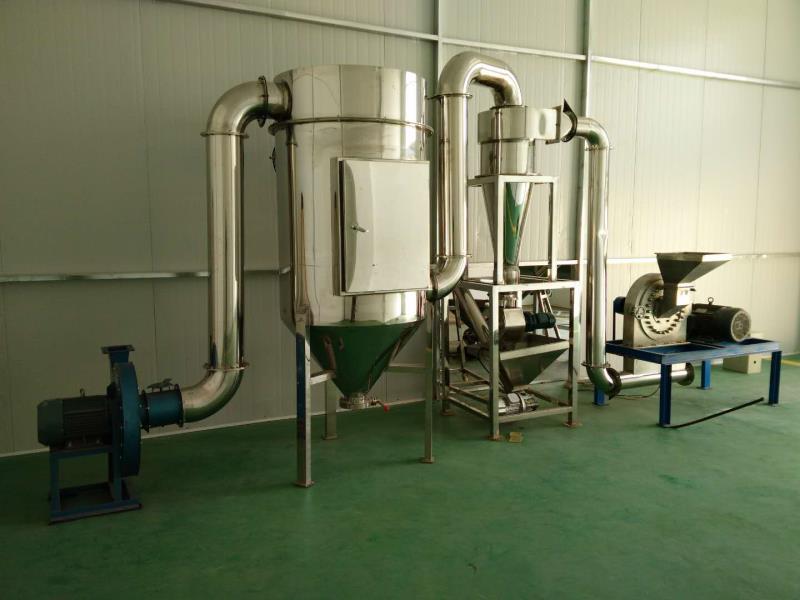
4. Sieve mesh size and opening ratio: the larger the sieve mesh, the larger the output of crushed materials, and the coarser the material particles; With the same sieve opening, the larger the opening ratio is, the greater the output of crushed materials is, and the more uniform the material particles are. However, if the opening ratio is too large, the strength of the sieve will be reduced and its service life will be shortened.
5. Screen angle: the larger the screen angle, the larger the screening area and the higher the crushing efficiency.
6. Hammer screen clearance: Hammer screen clearance refers to the distance from the top of the hammer to the inner surface of the screen surface when the rotor is running. It is an important factor affecting the crushing efficiency. If it is too large or too small, it will increase power consumption, reduce the crushing efficiency and make the particle size of crushed materials uneven.
7. Structure of crushing chamber and installation of toothed plate: they can effectively destroy the circulation layer of materials, increase the number of effective blows of hammers on materials, and thus improve the crushing efficiency.
8. Discharge method: the discharge device shall be able to discharge and transport the crushed materials in time. At present, there are three commonly used discharging methods: self weight blanking, pneumatic conveying and mechanical conveying with air suction. The mechanical conveying with air suction is the best one, which is also the main discharging method currently used by large pulverizers.
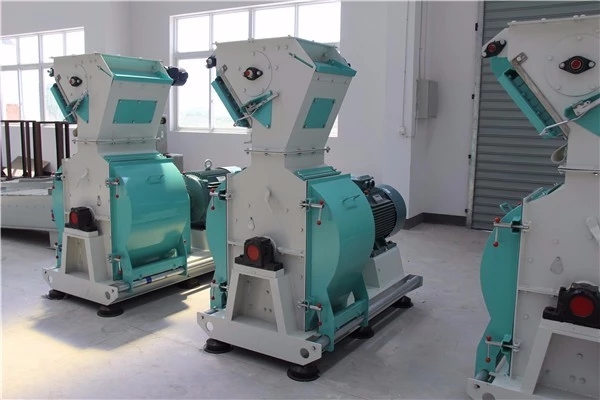
2、 Effect of Crushing Particle Size on Feed Utilization
Some raw materials, especially raw grain raw materials, such as corn, wheat, rice, soybean, etc., have hard and dense seed coats. If they are fed directly, it is difficult for the digestive juice to soak into their interior. After the materials are crushed, the seed coats of grains are torn, and the internal nutrients are exposed, so that the materials have a larger surface area, which is convenient for the digestive juice of livestock and poultry to soak better, and improves the digestibility of livestock and poultry to feed. According to the data, the digestibility of piglets fed with 0.85-0.95 mm grain flour was 3% - 5% higher than that fed with 1.7-1.8 mm grain flour. At the same time, the materials are crushed to improve the palatability of livestock and poultry, reduce the collection time extension caused by chewing, affect the body breath and digestion and absorption of animals, increase the energy consumption of feeding, and thus reduce the feed utilization rate. Of course, the finer the material is, the better it is not. Generally, it is better to crush the material with a particle size of 0.5~2.0mm, which varies according to the variety of livestock and poultry, the feeding stage and the type of raw materials. Because the powder is too fine, it will make the palatability of livestock and poultry worse, making the material stick in the middle cavity of livestock and poultry and inconvenient to swallow. At the same time, too fine powder is easy to cause gastric ulcer of livestock and poultry. Moreover, because the powder is too fine, it will increase the power consumption of feed processing, reduce the output, increase the wear of the crusher and its hammer, screen and other accessories, and reduce their service life.
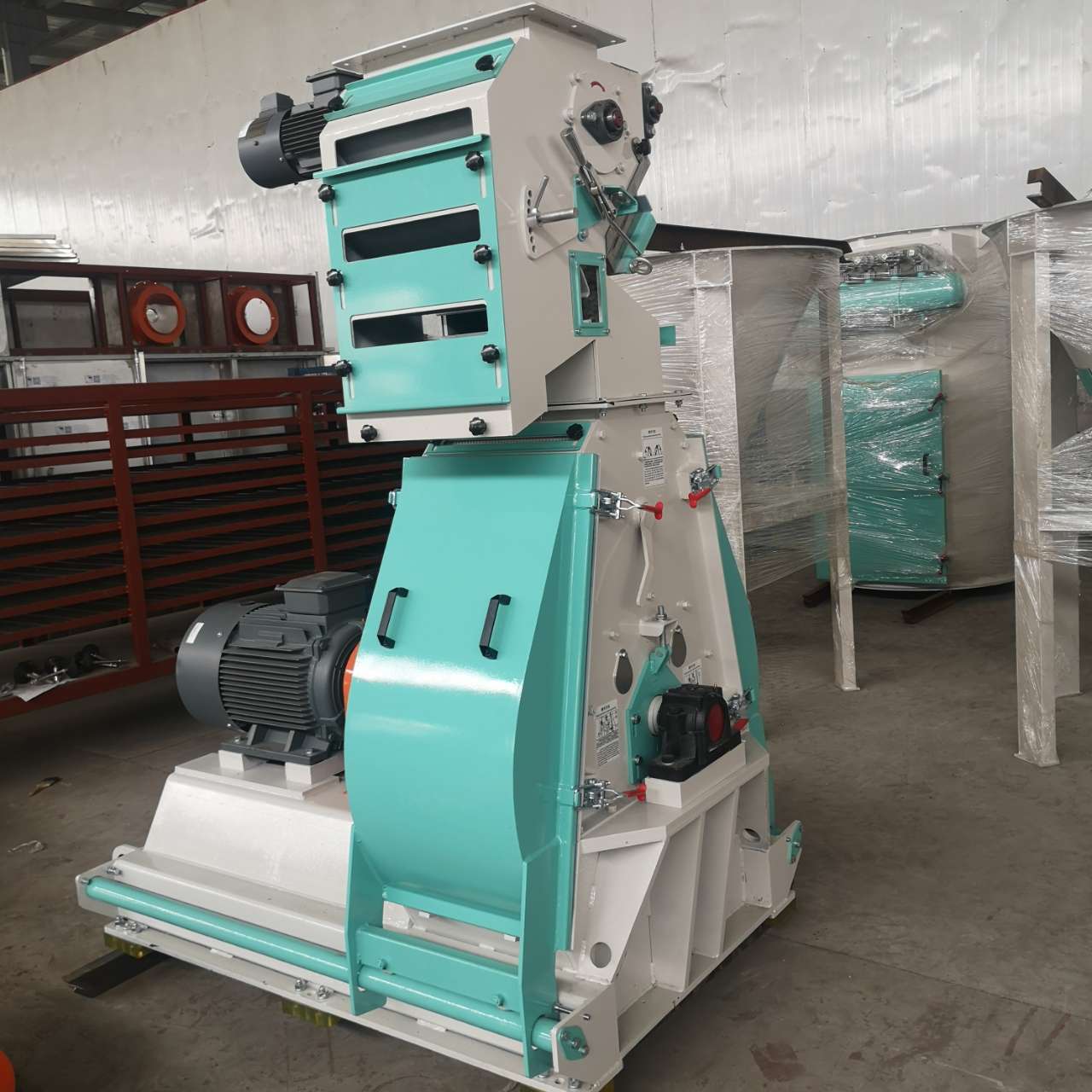
3、 Effect of Crushing Particle Size on Feed Mixing Uniformity
The particle size of the material affects the mixing uniformity of the feed. According to the test and experiment, the author found that the smaller the average particle size of the mixed material is, the more uniform the particle size is, and the slower the mixing speed is, while the higher the mixing uniformity can be achieved by mixing, and the more difficult the classification phenomenon is to occur in the subsequent transportation and storage process. On the contrary, the greater the difference between several kinds of particles, the worse the uniformity of mixing can be achieved. Therefore, from the perspective of mixing process, it is required that the crushing particle sizes of various feed raw materials are small and similar to achieve good mixing effect and ensure product quality.
4、 Effect of crushing particle size on granulation
The crushing particle size of the material has a great impact on the granulating process and particle quality. Different particle size and particle size composition of the same material will result in different particle quality. The finer the cereal material powder is, the more fully the starch particles can be gelatinized after steam conditioning, and the water content is more uniform. At the same time, fine materials can reduce the wear of the pressing die, and can produce smoother and crack free particles with compact particle structure and low pulverization rate. However, superfine crushing will increase the power consumption of crushing, reduce the output of the crusher, and increase the temperature of crushed materials. Such materials are easy to form arch in the warehouse. Through tests and experiments, the author found that the maximum particle size of the material to be pelleted is not more than 1/2 of the annular mold aperture, and the proportion of the material with a particle size of more than 1mm is not more than 20%, which can produce more ideal particles, and can effectively avoid the negative impact caused by too fine powder.
For reference only!!

